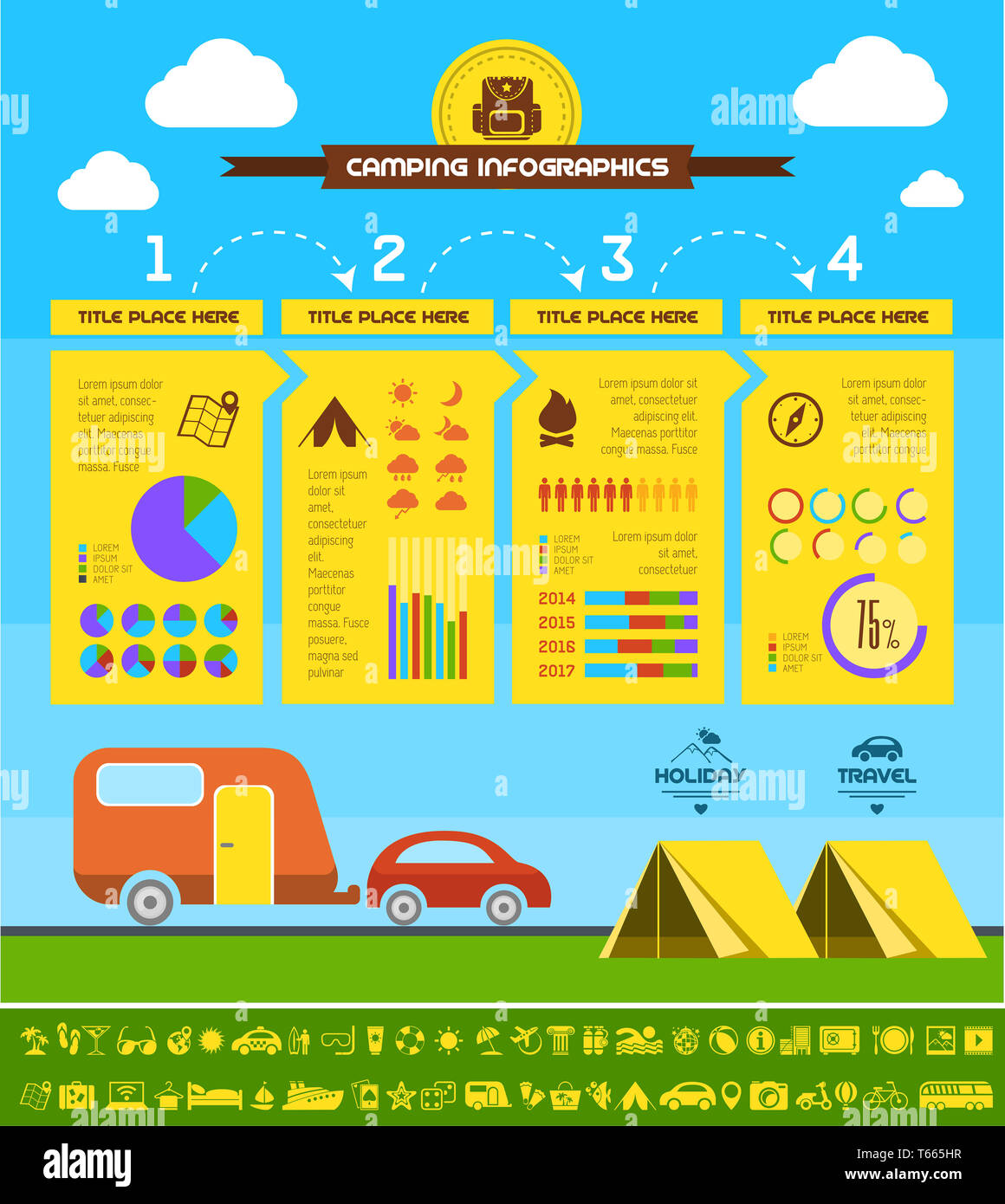Become A Profit Venture Owner Through Online Camping Tents Product Sales
Become A Profit Venture Owner Through Online Camping Tents Product Sales
Blog Article
Does Your Backpacking Camping Tent Need a Footprint?
A footprint is costly and adds extra weight to your knapsack. It additionally isn't specifically long lasting.
What is traditional camping?
Eventually, whether or not a camping tent footprint is needed depends upon where and exactly how commonly you're camping. As a whole, it's an excellent concept to utilize one if you camp on rough surfaces or in damp conditions.
Tents with Lower Deniers and Waterproof Ratings
Tents with lower deniers and water-proof rankings often tend to be lighter, but they can also be extra fragile. They might need more constant fixings and have much less indoor area than tougher models. If you're a casual backpacker that likes to take a trip rapid and light, this may be great; nonetheless, more knowledgeable hikers know that compromising sturdiness can come with big effects down the route.
The denier and water-proof ranking of a camping tent's canopy, rainfly, and floor can aid you identify its livability. Search for higher-denier fabrics on the cover and rainfly, along with taped joints that assist avoid water from permeating with stitches. Some manufacturers also utilize heat and sealer during building and construction to produce a stronger joint; these are called bonded seams.
The livability of a tent can additionally be established by its flooring dimensions and capacity. An outdoor tents's floor need to be somewhat smaller than the impact to avoid water from pooling under the sanctuary.
Tents in Rough Surface
Numerous backpacking outdoors tents consist of a footprint made particularly for their model, which assists ensure a correct fit and secures the tent's base from dampness and sharp items. Other suppliers offer universal impacts that can be cut or folded up to match a camping tent's dimensions.
The sort of surface you'll encounter is one more crucial consideration for picking a camping tent. For instance, if you'll be camping in a canyon or gully, try to find a shelter that can manage strong winds. These problems create turbulence that can make the distinction between appreciating your campsite or enduring discomfort.
The capability and peak height of an outdoor tents give you a great concept of its metal tents livability, however added aspects to consider include vestibules (the area of the rainfly covering the doors) and general storage room. For instance, during our wintertime screening of the Marmot Tungsten, its generous 93-by-82-inch flooring quickly managed four perspiring backpackers and their puffier shoulder season sleeping bags while still leaving ample space for gear and people.
Outdoors Tents in Damp Issues
Even if your camping tent shows up dry, wetness lurks in the spaces and crannies. Over time, it can break down the fabric. That's why it's so crucial to benefit from rest days to deep-clean your outdoor tents and its components, such as zipper cellular linings, stake loops and flexible webbing straps.
Likewise, make certain to pitch your outdoor tents in a flat location, not a divot or concave spot, to ensure that ground water does not accumulate between the camping tent floor and footprint or tarpaulin. And if you're using a footprint, take into consideration a custom-cut one designed for your camping tent's layout. It will not collect rain the means a generic ground cloth or tarp can.
Method establishing and taking down your tent in your home prior to you took off, to get a feel for exactly how promptly and successfully you can do it. Also, method surveying your tent in different surfaces to see just how easy it is (or isn't) to do in bad weather conditions.
Camping Tents in High-Rise Situations
Outdoors tents range in floor dimension and livability. For example, a large tent with double doors and vestibules like Marmot's Tungsten can take care of 4 backpackers without requiring gymnastics to get in and out or to keep equipment.
The minimum path weight requirements is the best spec to compare designs, as it consists of the bare basics: outdoor tents body, rainfly and poles. But bear in mind that the specification leaves out tent stakes, man lines and things sacks.
Most backpacking tents can hold up to a light summer storm, yet some can be swept away by gale-force gusts. Seek a model with strong poles, an increased bathtub-style floor and seam taping to minimize the opportunity of water seeping through. More expensive styles likewise have a tendency to feature more powerful products that can stand up to the impact of debris and other forces.
What are the best quality tents?
